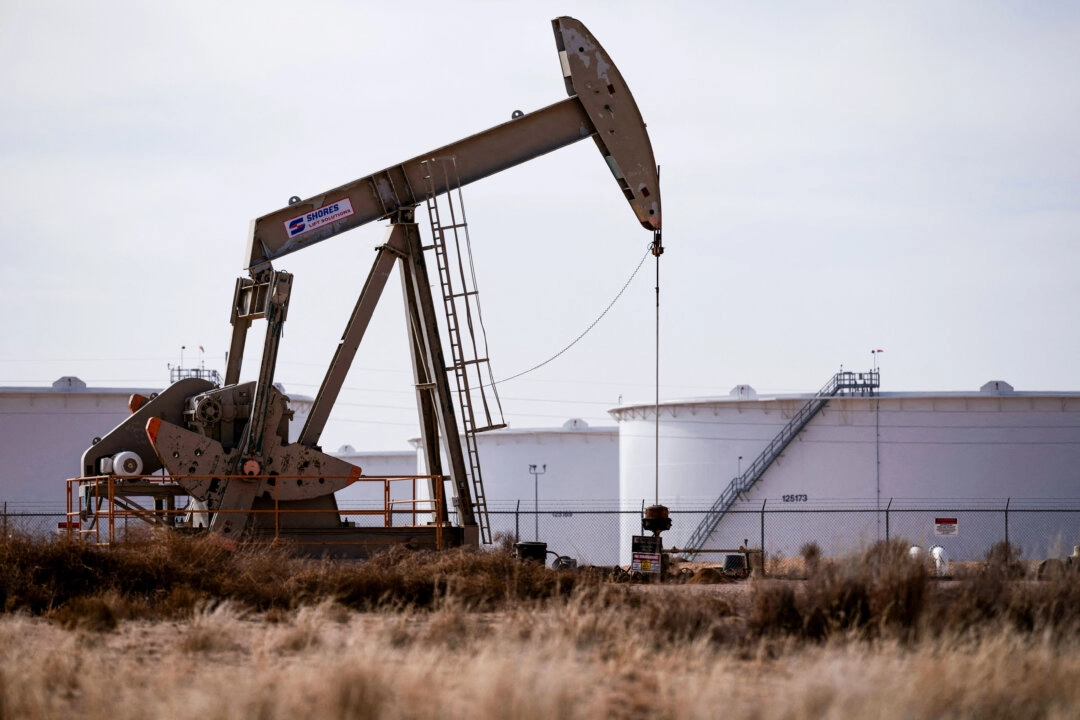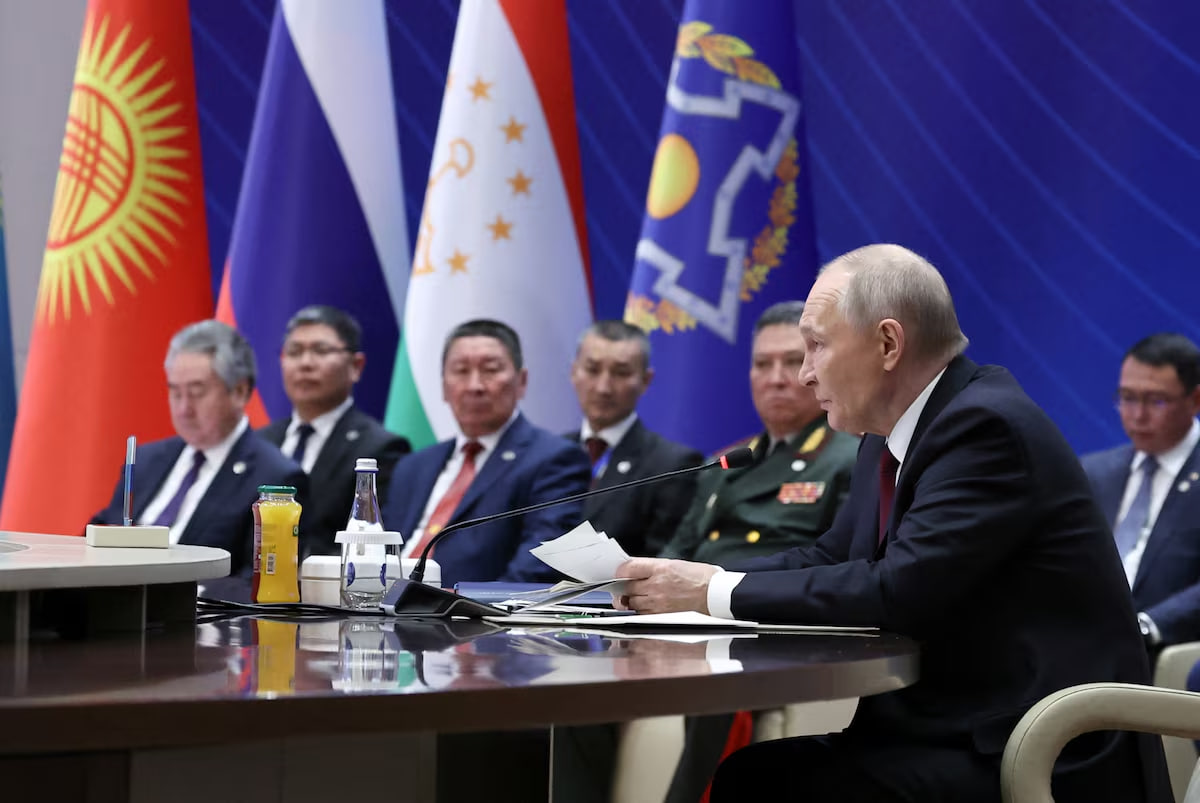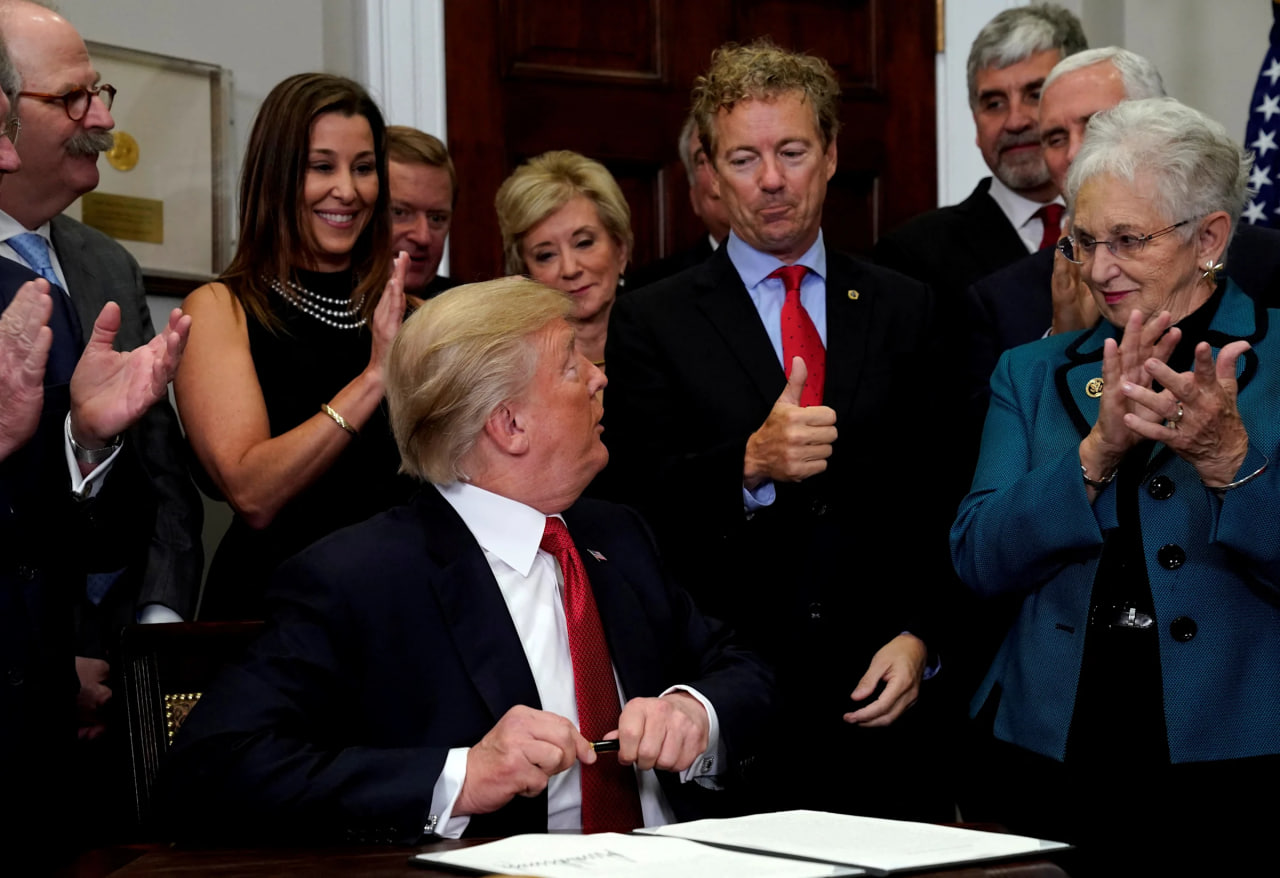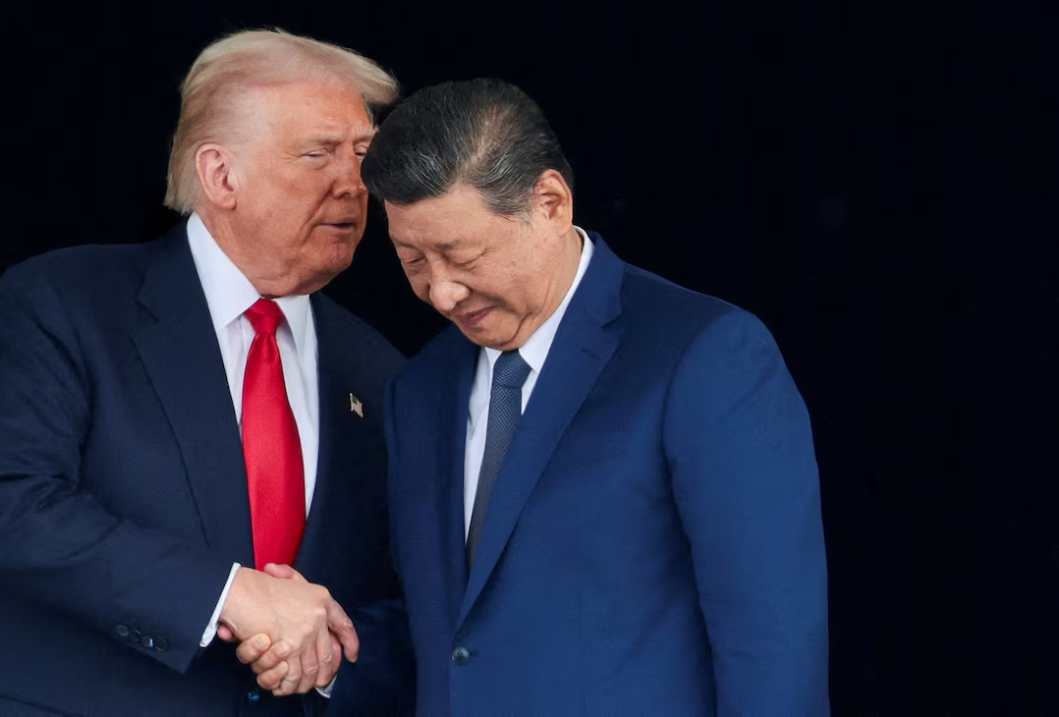A pump jack operates near a crude oil reserve in the Permian Basin oil field near Midland, Texas, on Feb. 18, 2025.
‘Drill, baby, drill!” Trump said on social media.
President Donald Trump said on June 23 that he is “watching” global energy markets and urged everyone to “keep oil prices down.”
Despite concerns that the June 21 U.S. attacks on Iranian nuclear facilities could lead to a broader escalation in the Israel–Iran conflict, energy prices erased their overnight trading gains to kick off the trading week.
West Texas Intermediate (WTI) futures, a U.S. benchmark for oil prices, tumbled about 0.6 percent to around $73.40 a barrel on the New York Mercantile Exchange.
Brent, the international gauge for oil prices, fell nearly 0.4 percent to below $77 per barrel on London’s ICE Futures exchange.
“Everyone, keep oil prices down. I’m watching! You’re playing right into the hands of the enemy. Don’t do it!” he said on the social media platform.
Watching the Oil Markets
Oil prices have been down for most of 2025, but they accelerated shortly after heightened tensions in the Middle East.
Year to date, they are up close to 3 percent after sliding as much as 15 percent.
But while the dip is welcome news for the Trump administration, market analysts say the United States is not out of the woods.
Global energy markets are monitoring the situation in the Strait of Hormuz, a narrow waterway that sees immense daily seaborne traffic of crude oil and liquefied natural gas (LNG) flows.
In response to reports that Iran’s parliament supports closing the Strait of Hormuz, the White House said it would be a “foolish” decision.
“The administration is actively and closely monitoring. This situation, and the shader for moves and the Iranian regime, would be foolish to make that decision,” White House press secretary Karoline Leavitt told reporters.
Even a partial closure could have consequences for international commerce, says Stamatis Tsantanis, the chairman and CEO of Seanergy Maritime and United Maritime.
“A partial closure of the Strait of Hormuz, now a higher risk after the Iranian parliamentary vote, would have a major impact on energy and infrastructure flows,” Tsantanis said in a note emailed to The Epoch Times.
“Even the threat alone could again spark shifts in trade patterns and push tanker rates sharply higher.”
Patrick De Haan, a petroleum analyst at GasBuddy, shot down rumors of a massive spike in gasoline prices following the U.S. strikes on three nuclear sites in Iran, calling them “erroneous” and “incorrect on he highest order.”
Still, he expects a modest short-term rise in gasoline prices.
Meanwhile, experts say that China may prove to be a critical player in any settlement, as a majority of Iran’s oil exports are destined for the world’s second-largest economy.
America’s Supply and Demand
Domestic crude oil production remains near record levels, even as the president has vowed to cut energy prices in half.
Simon Lack, a portfolio manager for the Catalyst Energy Infrastructure Fund, suggests that the United States may not be as severely impacted as other countries should the conflict escalate.
“Absent some decisive Iranian response, I would think prices will not hold their gains,” Lack said in a note emailed to The Epoch Times.
“The United States is energy independent, so less exposed to higher oil prices than most other countries.”







